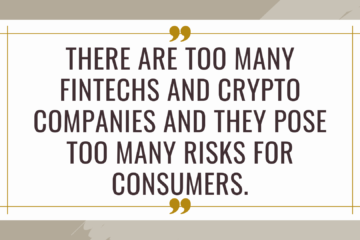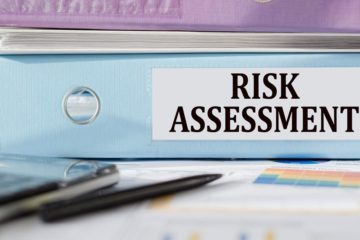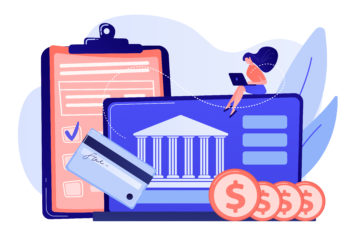Fraud Happens… What Do I Do Next?
Today, I wanted to talk about the fact that… fraud happens. 😤
Maybe your entity received funds or credit card payments that turned out to be fraudulent, maybe your customer comes back to you and says that their account was taken over and they did not authorize some withdrawals, or otherwise you end up in a payments chain that involves lying, hiding and stealing. What do you do now? Who is going to be liable to the victim and who is the victim and who’s responsibility is that?
Obviously, the answer is always – “it depends”.
But here are some of the important questions you must ask yourself to determine your level of responsibility:
- Which financial institution received the payments instruction and took the decision to authorize the transaction? Is it a bank or a card processor or a payment initiation service?
- What is written in your contracts with your financial partners about responsibility for fraud and financial losses?
- When were you informed that the transaction is problematic and did you manage to immediately block further transactions?
- Is the victim a natural person or legal entity (usually responsibility is hugely different)?
- What were the red flags, inconsistencies, or warning signs that you saw (or should have seen), and did you follow your processes when they happened?
As soon as you get clarity around circumstances and how to answer these questions, you will know what’s your likely liability for fraud in this case.
Do you see now how it starts making sense and can work for you, right? 🤩


